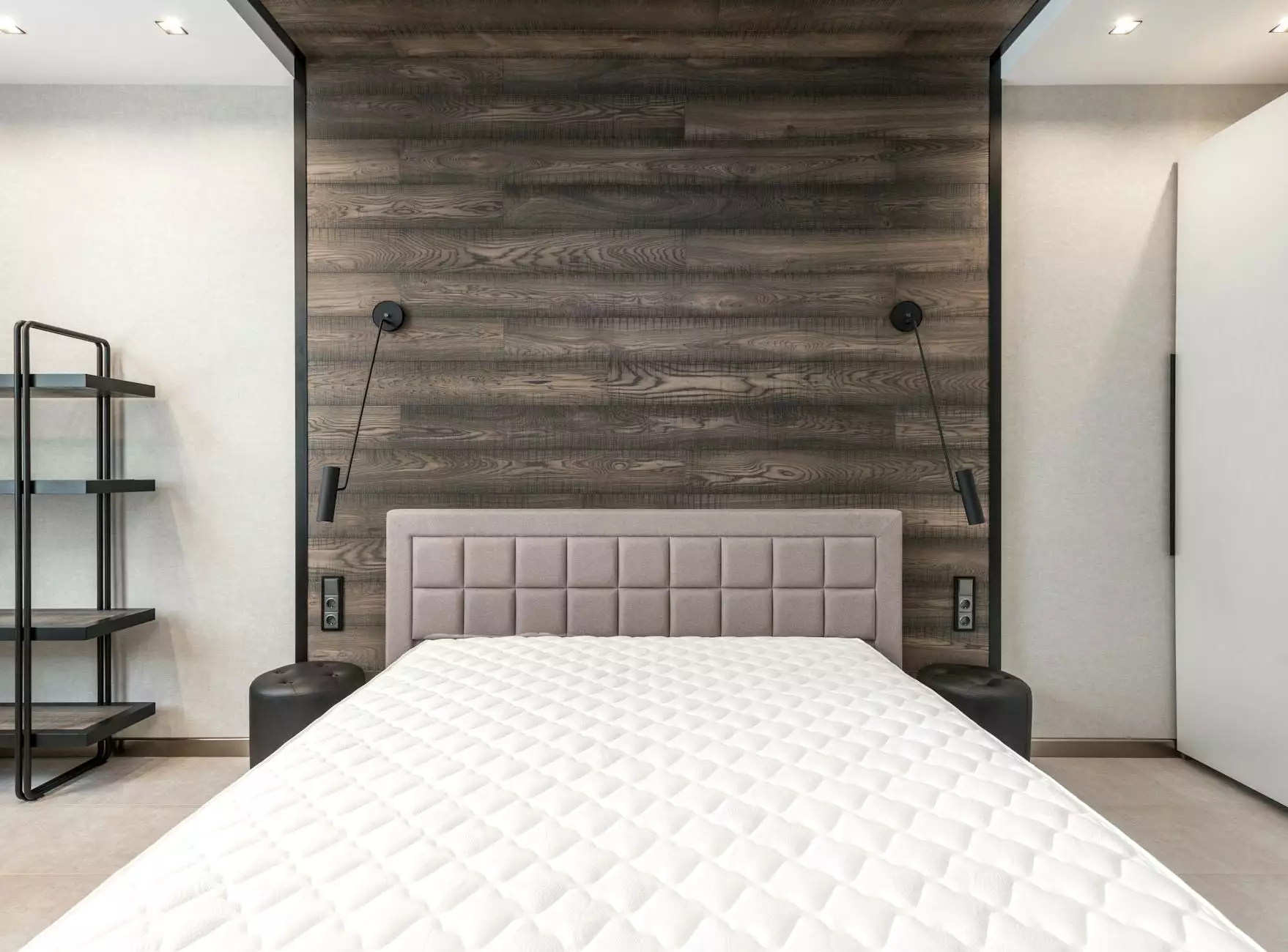Understanding the Essential Need for Toilets for Disabled Persons

The accessibility of toilets for disabled persons is a crucial aspect of creating an inclusive environment. Everyone deserves dignity and comfort, especially in their personal care routines. Having well-designed, accessible toilets is not just a matter of convenience; it is a fundamental human right that reflects on a society's level of compassion and inclusivity. This comprehensive article dives into why these facilities are essential, the various types available, their features, and how they can be integrated into different settings, including homes, public facilities, and healthcare environments.
Why Accessible Toilets Matter
For individuals with disabilities, accessibility in all aspects of life, especially in personal care, is vital. Here are several reasons why toilets for disabled persons are important:
- Dignity: Access to a restroom is a basic human need. Ensuring that toilets are accessible allows disabled individuals to maintain their dignity.
- Health: Inadequate access can lead to health issues, including urinary tract infections and other complications.
- Independence: Accessible toilets promote independence, allowing individuals to manage personal care without assistance.
- Inclusivity: In public spaces, having accessible toilets ensures that everyone, regardless of their physical capabilities, can participate fully in society.
Design Features of Toilets for Disabled Persons
When it comes to designing a toilet for disabled persons, certain specifications are crucial to ensure accessibility and usability. Below are some key features that should be considered:
1. Space Requirements
Accessible toilets must provide enough space to accommodate maneuverability, particularly for individuals using wheelchairs or walkers. The Americans with Disabilities Act (ADA) recommends a space of at least 60 inches in diameter for turning. This ensures that those with mobility issues can navigate comfortably and safely.
2. Accessible Fixtures
Fixtures such as toilets, sinks, and grab bars should be designed with accessibility in mind. Key features include:
- Raised Toilets: Toilets that are higher than standard models (typically 17 to 19 inches from the floor) make it easier for disabled users to stand up and sit down.
- Grab Bars: These bars should be installed next to toilets and sinks to provide support and stability.
- Touchless Facilities: Automatic flush systems, faucets, and soap dispensers can significantly enhance usability for individuals with limited dexterity.
3. Signage and Navigation
Clear signage indicating accessible facilities is fundamental for helping disabled individuals find and use restrooms. Signs should be in braille and large print, with universally recognizable symbols.
Types of Accessible Toilets
There are various types of toilets for disabled persons, each suited for different environments and needs. Understanding the options available is essential for choosing the best solution.
1. Traditional Accessible Toilets
These are standard toilets modified with accessibility features, such as grab bars and height adjustments. They are suitable for homes and public restrooms where space is limited.
2. Portable Toilets
For events or locations lacking permanent facilities, portable accessible toilets are a viable solution. They can be equipped similarly to traditional models, featuring ramps and spacious interiors.
3. Communal Toilets with Multiple Access Points
In areas with heavy foot traffic, communal toilets designed for accessibility can cater to multiple users, providing privacy while maintaining accessibility features.
4. Smart Toilets
With advancing technology, smart toilets that include features like heated seats, bidet functions, and automated cleanup options are becoming increasingly popular. These toilets provide enhanced comfort and hygiene.
Implementing Accessible Toilets in Various Settings
Integrating toilets for disabled persons into different environments requires careful planning and execution. Here’s how it can be successfully implemented in various categories:
Personal Care Services
In personal care settings, such as in-home care facilities, ensuring the availability of accessible toilets allows caregivers to deliver better support. Features should focus on:
- Easy access for caregivers to assist effectively.
- Designing bathrooms to accommodate medical equipment if necessary.
- Consistent training for staff about the proper use of facilities to ensure dignity and safety.
Home Health Care
For individuals receiving home health care, having an accessible toilet is vital. Key considerations include:
- Positioning of bathrooms relative to bedrooms and living areas to minimize travel distance.
- Utilizing adaptive equipment like shower chairs and handheld shower heads for additional support.
Elder Care Planning
In facilities catering to the elderly, planning for disability accommodations must be a critical aspect. This involves:
- Integrating accessible toilets throughout the facility, especially in common areas.
- Creating a layout that facilitates movement and access for wheelchair users.
The Benefits of Investing in Accessible Toilets
Investing in toilets for disabled persons has numerous benefits, extending beyond mere compliance with regulations:
- Enhanced Reputation: Facilities that prioritize accessibility often receive positive feedback and foster goodwill within the community.
- Increased Usage: Ensuring accessibility can lead to a higher volume of visitors, as more individuals will feel welcome and comfortable using the space.
- Compliance with Regulations: Investing in accessible toilets helps businesses comply with ADA and local accessibility laws, avoiding fines and legal issues.
Conclusion
Understanding and implementing toilets for disabled persons is a critical step toward fostering a more inclusive society. Accessible toilets not only provide essential dignity and comfort but also encourage independence and well-being for individuals with disabilities. Whether through traditional models, portable solutions, or innovative smart toilets, there are numerous ways to ensure that all individuals have access to safe and comfortable restrooms. Business owners, public facilities, and home care providers should prioritize this aspect of accessibility, recognizing its fundamental importance in creating environments that cater to everyone.
For more information about accessible toilets and other personalized care solutions, visit expressramps.com.









